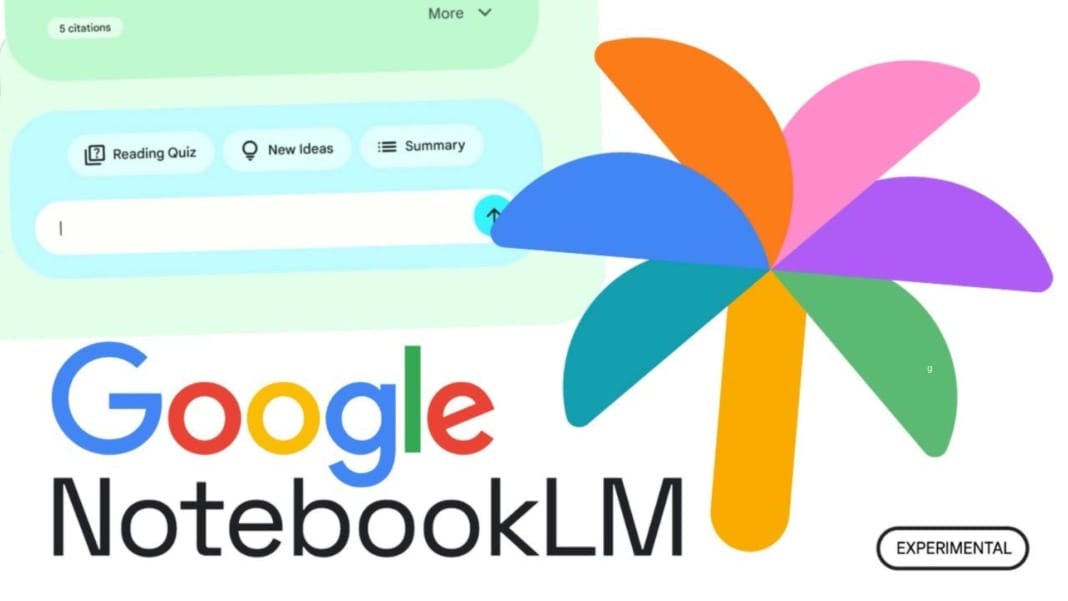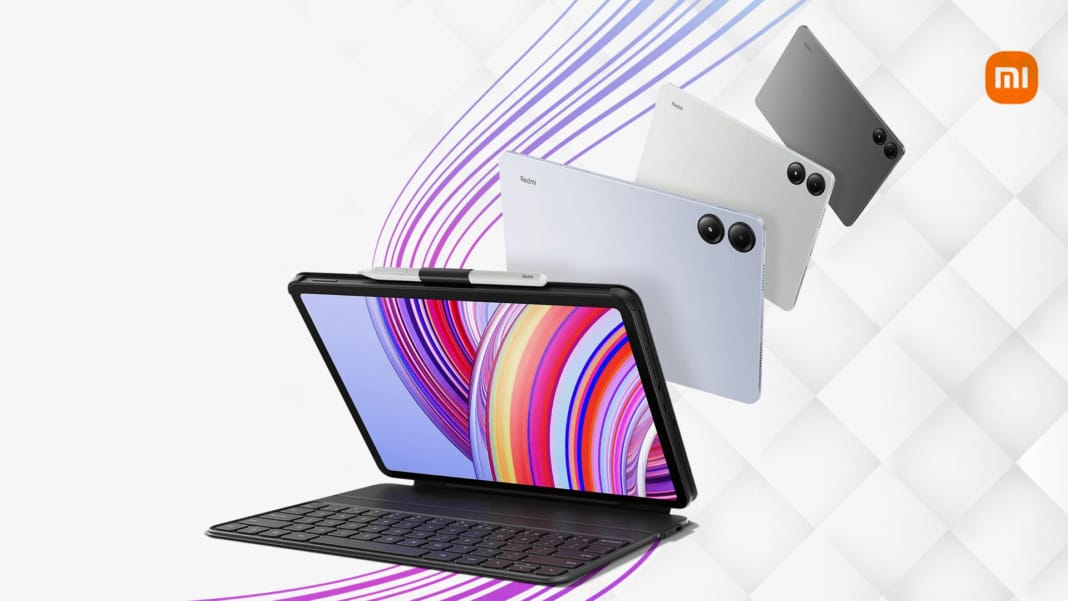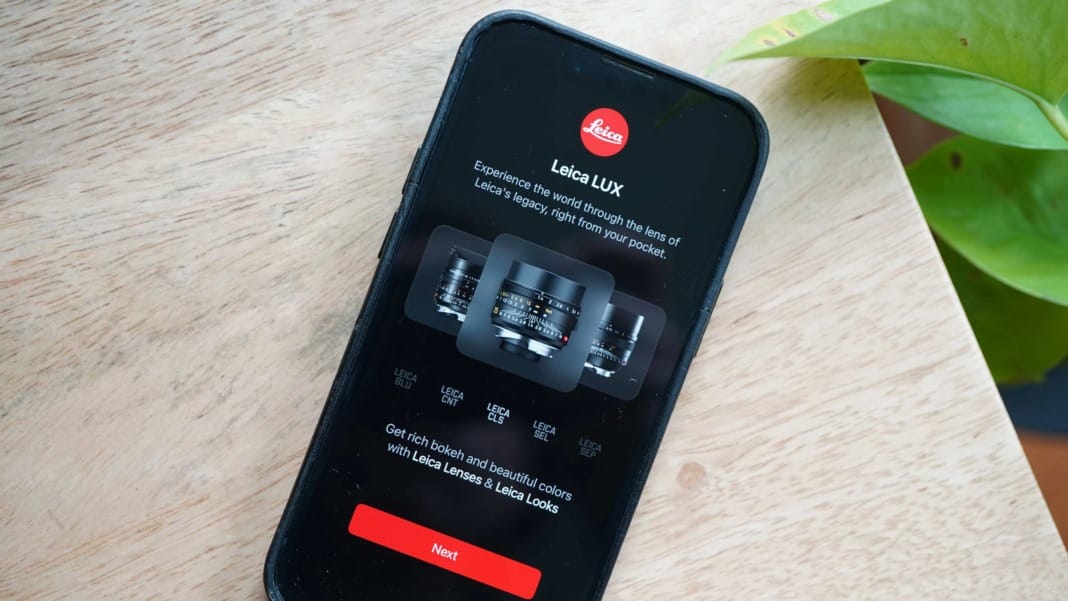First announced last year, NotebookLM, Google’s AI-powered research and writing assistant, is receiving an upgrade with Gemini 1.5 Pro and is being introduced to users in over 200 countries and more than 100 languages worldwide.
NotebookLM can efficiently collate and keep track of your research notes, interview transcripts, and corporate documents, significantly reducing the time you spend on understanding and exploring complex material, making new connections from information, and getting to your first draft faster.
New features in today’s upgrade
In a blog post, Google announced several new features in today’s upgrade:
- With the latest upgrade, NotebookLM has broadened its horizons. It now supports a broader range of sources, including Google Slides and web URLs, in addition to Google Docs, PDFs, and text files. This expansion in source compatibility is designed to streamline your research and writing process, making it more efficient and comprehensive. Inline citations now take you directly to supporting passages in your sources, allowing you to easily fact-check the AI response or delve deeper into the original text.
- Notebook Guide gives you a high-level understanding of your sources by converting them into valuable formats like FAQs, briefing documents, or study guides.
- Thanks to the native multimodal capabilities of Google’s Gemini 1.5 Pro, you can now ask questions about images, charts, and diagrams in your Slides or Docs. NotebookLM will even include citations to images as supporting evidence when relevant. However, answers to queries about data or images will only come from the body of information added to the platform.
In a media briefing before the launch, Raiza Martin, Senior Product Manager at Google Labs, stated that NotebookLM “is a closed system” and wouldn’t conduct web searches beyond reading the website content users add.
Practical use cases
Google highlighted some practical uses of NotebookLM, showcasing its ability to summarise and adapt interview transcripts. This feature empowers users to identify patterns and themes in raw transcripts, saving hours of manual analysis. For instance, author Walter Isaacson has been using NotebookLM to analyse Marie Curie’s journals for his next book, demonstrating the tool’s practicality and versatility.
While NotebookLM offers a wealth of features, it’s important to note its limitations. Each notebook has a maximum word limit of 25 million, and you can have up to 50 sources per notebook, with each source containing up to 500,000 words. Additionally, there is a cap of 100 notebooks. While integration with other note-taking apps like Evernote isn’t currently on the horizon, it’s a possibility for the future.
Getting started with NotebookLM
If you are new to NotebookLM, getting started is straightforward. When you first access NotebookLM, you will create a notebook and upload documents for a specific project or deliverable. At that point, you can read, take notes, ask questions, organise your ideas, or ask NotebookLM to automatically overview all your sources, such as a study guide or a table of contents.





